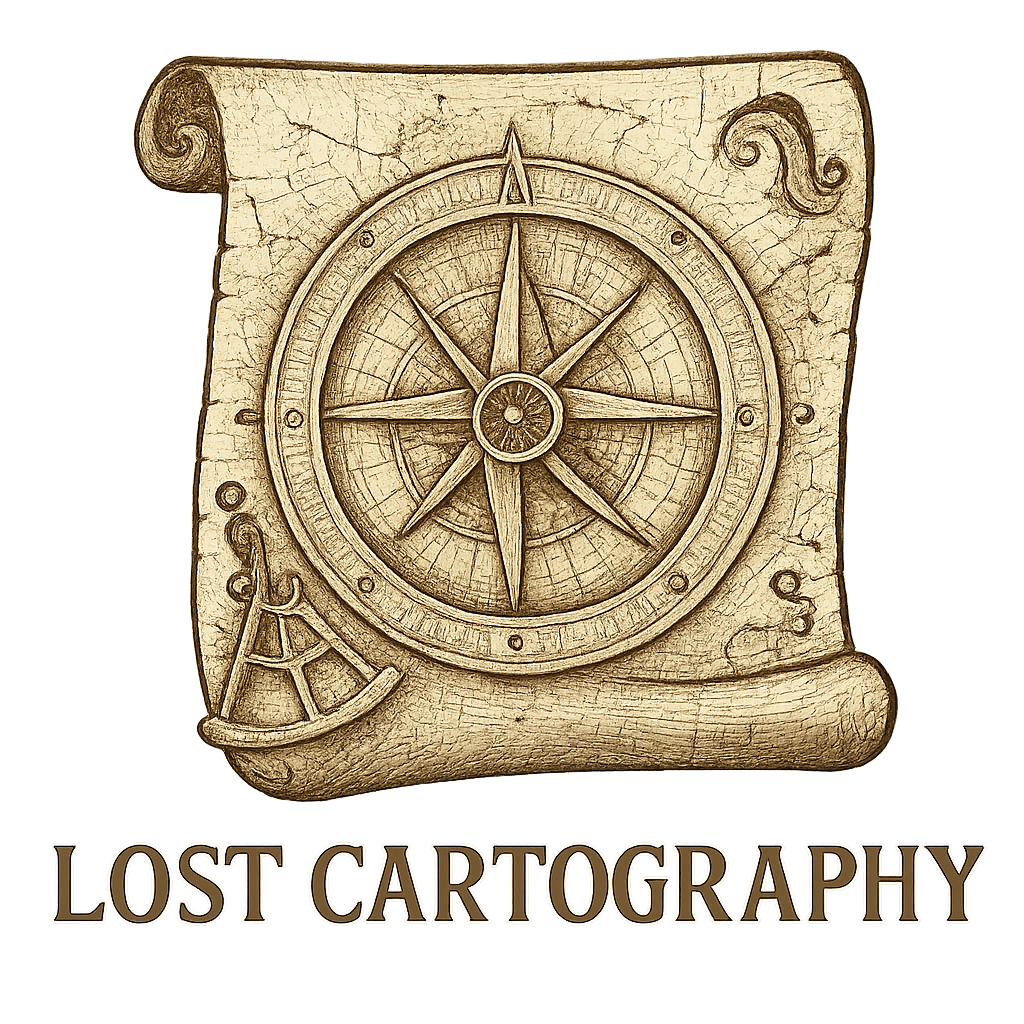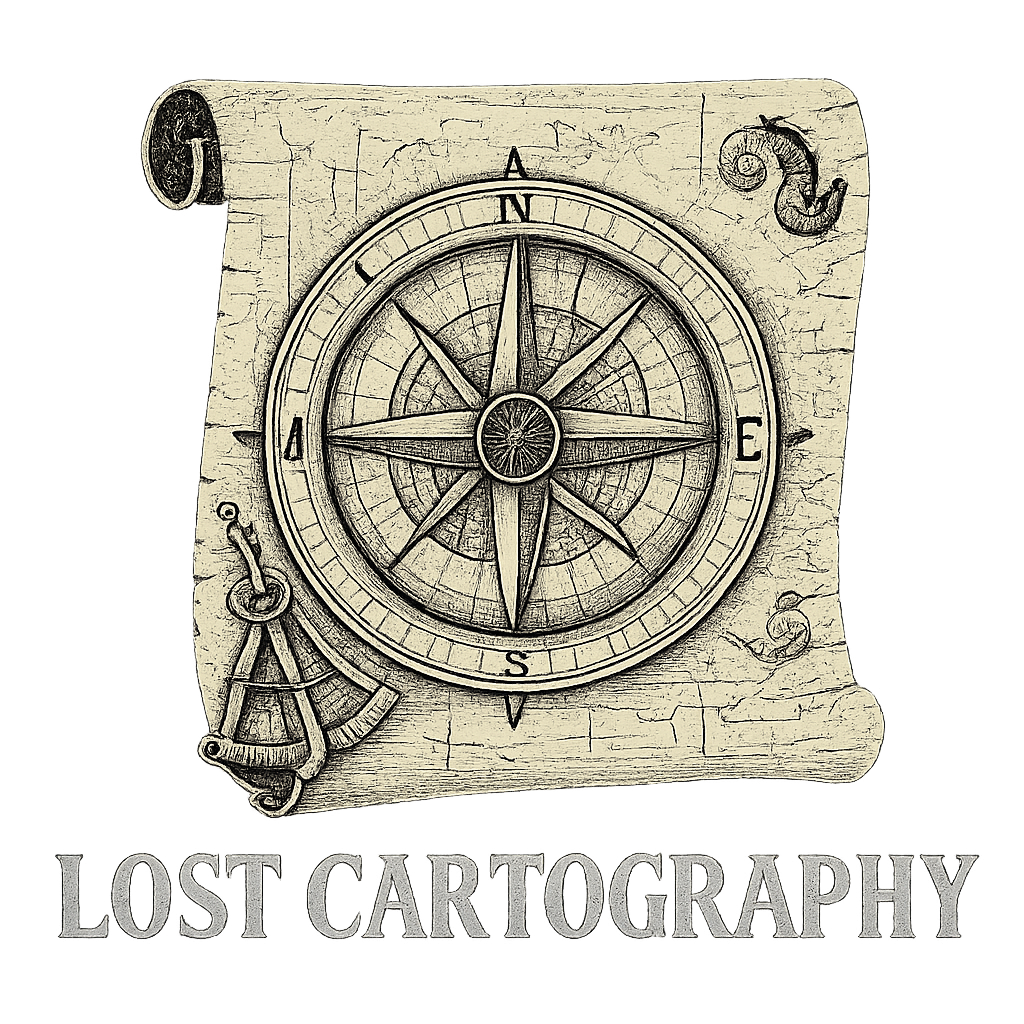Now Reading: The Ultimate Guide to Collecting and Preserving Antique Maps
-
01
The Ultimate Guide to Collecting and Preserving Antique Maps

The Ultimate Guide to Collecting and Preserving Antique Maps
Antique maps are more than just geographical guides—they’re windows into the past, telling stories of exploration, discovery, and human understanding of our world.
This comprehensive guide will equip you with essential knowledge on collecting antique maps to start or enhance your antique map collection. You’ll discover:
- Professional techniques for authenticating valuable pieces
- Strategic approaches to building a meaningful collection
- Expert preservation methods to protect your investments
- Creative display solutions that showcase your maps’ beauty
Whether you’re drawn to the artistic elements of 16th-century cartography or fascinated by the historical significance of colonial-era maps, this guide covers every aspect of antique maps collecting. From understanding subtle details like plate marks and paper types to mastering proper handling and storage techniques, you’ll learn to navigate the fascinating world of antique maps with confidence.
Ready to embark on your journey into the world of antique maps collecting? Let’s explore the intricate details that transform casual interest into expert knowledge, ensuring your collection becomes a treasured legacy for future generations.
Finding Antique Maps
The journey into antique maps collecting begins with mastering essential terminology and understanding historical production methods. Let’s explore the key elements that shape a map’s value and authenticity.
Essential Map Terminology
- Plate marks: Distinctive indentations around the image created by printing plates
- Cartouche: Decorative frame containing the map’s title, date, and creator
- Legend: Key explaining map symbols and notations
- Scale bar: Visual representation of distance measurements
- Neatline: Border surrounding the mapped area
Historical Printing Techniques
- Relief Printing (1400s-1600s): Woodblock or metal plates with raised surfaces
- Intaglio (1500s-1800s): Copper plate engravings producing sharp, detailed lines
- Lithography (1800s): Stone-based printing enabling color variations
Paper Types Through History
- Laid Paper (Pre-1800s):
- Handmade with visible chain lines
- Higher resistance to deterioration
- Valued for authenticity verification
- Wove Paper (Post-1800s):
- Machine-made with uniform texture
- More susceptible to acid deterioration
- Common in later reproductions
The type of paper significantly impacts a map’s value. Early laid paper maps often command premium prices due to their durability and historical significance. Maps printed on wove paper require careful examination, as this material was used both for originals and reproductions.
Authentication Markers
- Watermarks specific to time periods
- Paper texture and thickness
- Printing technique signatures
- Age-appropriate discoloration patterns
Understanding these technical aspects helps collectors identify genuine pieces and make informed purchasing decisions. The presence of appropriate printing marks, paper characteristics, and period-specific details serves as a crucial authentication toolkit for both novice and experienced collectors.
Learn more about historical printing techniques from the British Library
Evaluating Antique Maps
The condition assessment of antique maps requires careful examination under proper lighting. A thorough inspection reveals:
- Color Vibrancy: Original hand-coloring should show consistent application without bleeding
- Paper Integrity: Check for tears, repairs, or restoration work
- Edge Quality: Original edges display natural aging versus machine-cut reproductions
- Watermarks: Period-appropriate watermarks validate authenticity
Common condition issues affecting map values include:
- Foxing (brown spots from oxidation)
- Toning (general darkening of paper)
- Water damage or staining
- Trimmed margins
- Fold separations
Authenticity Verification Techniques:
- Examine plate marks – genuine maps show indentation from printing plates
- Study paper characteristics – period-appropriate texture and thickness
- Check printing methods – magnification reveals distinct patterns:
- Engraved lines appear sharp and clean
- Lithographed images show a granular pattern
- Modern reproductions display uniform dot patterns
Original vs. Reproduction Identification:
- Authentic maps feature:
- Hand-laid paper (pre-1800s)
- Natural aging patterns
- Plate marks or appropriate printing impressions
- Modern reproductions show:
- Mechanical printing patterns
- Uniform paper texture
- Perfect registration of colors
Professional dealers use UV light examination to detect modern paper brighteners and microscopic analysis to verify printing techniques. These scientific methods help establish definitive authenticity for valuable specimens.

Buying Antique Maps
The antique map market responds dynamically to collector interests and historical significance. Recent market trends show growing demand for maps featuring:
- Early exploration routes
- Colonial-era city plans
- Maritime charts
- Maps of emerging nations
Key Value Factors:
- Historical significance
- Cartographer reputation
- Print quality
- Map size
- Coloring (hand-colored vs plain)
- Regional demand
Researching Prices
Researching prices requires a systematic approach:
- Reference Recent Sales
- Track auction results
- Monitor dealer inventories
- Study price guides
- Compare Similar Items
- Same cartographer
- Similar date range
- Matching condition grade
- Identical edition
Online Resources for Pricing Data
The digital age has transformed map buying through online platforms like RareMaps.com and Barry Lawrence Ruderman Antique Maps. These resources provide valuable pricing data and authentication details.
Price Range Guidelines
Here are some general price ranges for different types of antique maps:
- Decorative regional maps: $100-500
- 17th-century town plans: $500-2,000
- Early world maps: $5,000-50,000
- Rare exploration charts: $10,000+
Expert Tip
Build relationships with reputable dealers who specialize in your area of interest. Their expertise often proves invaluable in identifying fair market values and avoiding reproductions.
Personalizing Your Antique Maps Collection
Building a meaningful antique map collection starts with your personal story. Consider these engaging themes:
- Family Heritage Maps: Collect maps showcasing ancestral homelands, immigration routes, or historical family settlements
- Travel Chronicles: Build a collection around places you’ve visited or dream destinations
- Historical Events: Focus on maps depicting significant moments that shaped your interests
- Regional Specialization: Dive deep into specific geographical areas that hold personal significance
- Artistic Appeal: Select maps based on their aesthetic qualities, cartographic styles, or decorative elements
Pro tip: Create a digital catalog of your collection, noting the personal significance of each piece. This documentation adds depth to your collection’s narrative and enhances its emotional value.
A focused collection reflecting your interests transforms antique maps from mere historical documents into personal treasures that tell your unique story.
Preserving Antique Maps
Proper preservation starts with mindful handling techniques and effective storage solutions to protect your valuable cartographic treasures.
Essential Handling Guidelines:
- Always wash and dry hands thoroughly before touching maps
- Use clean white cotton gloves when possible
- Support the entire map surface during handling
- Never fold or roll maps that have been stored flat
- Avoid touching the map’s surface directly – handle by the edges
- Keep food, drinks, and writing implements away from work areas
Storage Environment Requirements:
- Temperature: maintain 65-70°F (18-21°C)
- Relative humidity: keep between 45-55%
- Store flat in acid-free archival boxes or folders
- Use archival-quality polyester sleeves for additional protection
- Place silica gel packets in storage containers to control moisture
- Install dehumidifiers in storage spaces if needed
Protection from Environmental Damage:
- Shield from direct sunlight and UV radiation
- Store away from exterior walls to prevent moisture exposure
- Keep maps elevated off the floor
- Avoid basements and attics where temperature fluctuates
- Install air purifiers to minimize dust and pollutants
- Regular inspection for signs of deterioration or pest activity
The Library of Congress recommends storing maps in climate-controlled environments to prevent degradation. Research by the Northeast Document Conservation Center shows that proper storage conditions can extend a map’s lifespan by centuries.
Professional Framing Considerations for Long-Term Preservation
Professional framing plays a vital role in protecting your antique maps from deterioration. The selection of acid-free materials stands as a non-negotiable requirement for archival framing. These materials prevent chemical reactions that can lead to yellowing and brittleness over time.
Key framing components should include:
- Acid-free matting to create a protective border
- Conservation-grade backing boards to provide structural support
- Archival mounting corners or strips to secure the map without adhesives
- Spacers between the map and glazing to prevent direct contact
The investment in professional framing services from certified framers who specialize in historical documents can significantly extend your map’s lifespan. These experts understand the delicate balance between preservation needs and aesthetic presentation, ensuring your valuable pieces receive optimal protection while maintaining their visual appeal.
Display Tips for Antique Maps
Choosing the right location for displaying antique maps requires careful consideration of environmental factors. Direct sunlight can cause irreversible fading and paper deterioration, making north-facing walls an ideal choice. The recommended room temperature ranges between 65-70°F (18-21°C) with relative humidity levels of 45-55%.
Consider these strategic placement options:
- Interior walls away from heating/cooling vents
- Rooms with minimal temperature fluctuations
- Areas free from water sources or potential leaks
- Spaces with controlled artificial lighting
Care techniques and display tips extend beyond location selection. Install dehumidifiers in display areas during humid seasons. Regular inspection of wall mounts and hanging hardware ensures secure placement. Rotate displayed maps periodically to prevent prolonged exposure to light and environmental factors in any single area.

Using Protective Framing Techniques in Displayed Maps
UV-filtering glass is an important investment for protecting valuable antique maps. This specialized glass blocks up to 99% of harmful ultraviolet rays while maintaining crystal-clear visibility. According to research from the Library of Congress, UV exposure can cause irreversible damage to paper artifacts, including:
- Yellowing and brittleness
- Fading of inks and pigments
- Structural weakening of paper fibers
The protective benefits of UV-filtering glass go beyond basic conservation:
- Enhanced Color Preservation: Maps retain their original coloration and vibrancy
- Reduced Paper Degradation: Slows down natural aging processes
- Improved Viewing Experience: Anti-reflective properties allow better visibility
- Long-term Investment Protection: Preserves map value for future generations
When choosing UV-filtering glass, it is advisable to select museum-grade options with a protection rating of 97% or higher. Additionally, consider laminated versions for added security against breakage and enhanced UV protection.
Creating Thematic Displays with Historical Significance in Mind
Transform your antique map collection into captivating narratives by organizing displays around specific themes:
- Exploration Routes: Showcase maps tracking famous expeditions like Marco Polo’s journey or Lewis and Clark’s discoveries
- Colonial Evolution: Display maps chronologically to illustrate territorial changes and political shifts
- Trade Routes: Highlight historical commerce paths like the Silk Road or maritime spice routes
- Cultural Geography: Group maps showing how different cultures perceived and represented specific regions
Consider creating interactive elements:
- Add small descriptive cards with historical context
- Include period artifacts that complement the maps
- Place timeline markers to connect different maps within your theme
A well-curated thematic display can transform individual pieces into a cohesive historical narrative, offering viewers deeper insights into past societies, exploration, and geographical understanding.
Conclusion – Responsibility That Comes with Antique Maps Collecting
Your journey of collecting antique maps is more than just a hobby—it’s a way to preserve pieces of human history. Each map in your collection tells stories of exploration, cultural perspectives, and geographical understanding from different eras.
As collectors, you have an important responsibility to protect these priceless artifacts and ensure that historical knowledge is preserved for future generations. By taking care of these maps and displaying them properly, you can inspire and educate others with these valuable pieces.
Remember: every map you save adds to our understanding of the past. Your commitment to finding, assessing, and safeguarding these works of art helps create a lasting legacy of preserving history.
Begin your antique maps collecting adventure now—there’s a whole world waiting to be discovered.



























